Market Analysis
Pharmaceutical Packaging Market (Global, 2024)
Introduction
The pharmaceutical packaging industry is a vital part of the health industry, providing a crucial link between manufacturers and consumers, ensuring the safety, quality, and integrity of pharmaceutical products. A growing demand for sustainable and innovative solutions is being driven by both regulatory requirements and consumer preferences. Technological advances, such as smart packaging and the use of sustainable materials, are changing the industry, enabling enhanced traceability and improved patient compliance. The increasing prevalence of chronic diseases and the development of personalized medicine are also driving the need for specialized packaging, which must be adapted to the requirements of different therapeutic areas. This dynamic environment is both a challenge and an opportunity for the industry, which must find the right balance between design, functionality, and the sustainable use of materials.
PESTLE Analysis
- Political
- In 2024, the pharmaceutical packaging market will be dominated by regulations established by the authorities. The Food and Drug Administration (FDA) has set a deadline for all pharmaceutical packaging to be tamper-evident. There are more than 1,500 packaging manufacturers in the U.S. alone. In Europe, the European Medicines Agency (EMA) has set a deadline for all pharmaceutical products sold in the European Union to be tamper-evident, which will have an effect on around 80% of the pharmaceutical packaging market.
- Economic
- The pharmaceutical packaging market will be characterized in 2024 by rising production costs, especially because of the volatility of raw material prices. Since 2023, for example, the price of plastics, the main raw material for the packaging industry, has risen by 15 per cent. This increase is due to disruptions in the supply chain and the higher demand. Meanwhile, the pharmaceutical industry is expected to invest $500 million in packaging innovations and sustainable initiatives in 2024, which shows its strong commitment to improving the efficiency of its packaging and reducing its impact on the environment.
- Social
- In 2024, the public’s awareness of the safety and sustainability of pharmaceutical products reaches a new peak. Surveys show that up to 70 per cent of consumers prefer products in eco-friendly packaging. As a result, pharmaceutical companies increasingly adopt sustainable practices. The growth of e-commerce also leads to a 25 per cent increase in demand for packaging that ensures product safety during transport, as consumers expect their medication to arrive undamaged and in compliance with all safety regulations.
- Technological
- In the year 2024, technological developments are reshaping the pharmaceutical packaging market. In this year alone, the use of smart packaging – QR codes and NFC tags – is set to rise by thirty percent. The aim is to provide consumers with access to product information and help them verify the authenticity of the goods. The use of automation has also risen sharply, with more than sixty percent of manufacturers investing in automation to improve productivity and cut costs. This development is in line with the trend towards Industry 4.0.
- Legal
- In 2024, legal factors will play an increasingly important role in the development of pharmaceutical packaging. Stricter regulatory requirements will be imposed on companies worldwide. For example, in the United States, the DEA has introduced a new regulation requiring the packaging of all controlled substances in child-resistant containers. This regulation will affect about 40 percent of the pharmaceutical products on the market. In addition, the implementation of the General Data Protection Regulation (GDPR) in Europe continues to have an impact on the data management of the packaging. Fines for non-compliance can reach up to 20 million euros or 4 percent of global turnover.
- Environmental
- In 2024, the packaging of pharmaceutical products is being reorganized by the requirements of the environment. There is a notable trend towards the use of materials with a lower carbon footprint. The use of biodegradable materials is already occupying nearly fifty percent of the manufacturers of packaging materials, and reflects the growing desire to reduce the waste of plastics. In addition, the need to reduce the carbon footprint of the pharmaceutical industry has led to a number of initiatives, in which the pharmaceutical industry is investing an estimated $200 million in the development of eco-friendly packaging solutions, with the aim of reducing the carbon footprint of the industry and responding to the needs of consumers for sustainable practices.
Porter's Five Forces
- Threat of New Entrants
- The barriers to entry in the pharmaceutical packaging market are moderate due to the need for compliance with strict regulations and the need for advanced technology. New entrants can offer innovation, but established companies have a significant advantage in terms of brand recognition and distribution.
- Bargaining Power of Suppliers
- Suppliers in the pharmaceutical packaging market have generally low bargaining power because of the wide availability of suppliers of raw materials and packaging materials. The high number of suppliers makes it easy for manufacturers to change suppliers, which weakens supplier power.
- Bargaining Power of Buyers
- High - The buyers in the pharmaceutical packaging market, including the pharmaceutical companies, have a high bargaining power, because they often buy in large quantities and can therefore negotiate the price. The alternative packaging solutions also increase their power over suppliers.
- Threat of Substitutes
- The threat of substitution in the pharmaceutical packaging market is moderate. There are alternative materials and production methods, but the specific requirements of safety, compliance, and effectiveness in the pharmaceutical industry limit the extent to which substitutes can effectively replace traditional packaging solutions.
- Competitive Rivalry
- Competition in the pharmaceuticals industry is intense, with numerous competitors and a constant need for innovation. Competition is based on factors such as technology, quality and cost, which gives rise to aggressive marketing and price competition.
SWOT Analysis
Strengths
- High demand for secure and compliant packaging solutions due to regulatory requirements.
- Advancements in technology leading to innovative packaging designs and materials.
- Strong growth in the pharmaceutical industry driving the need for effective packaging.
Weaknesses
- High costs associated with advanced packaging technologies.
- Limited availability of sustainable packaging options.
- Complexity in meeting diverse regulatory standards across different regions.
Opportunities
- Growing focus on sustainability and eco-friendly packaging solutions.
- Expansion of biopharmaceuticals creating new packaging needs.
- Increasing demand for smart packaging solutions that enhance patient compliance.
Threats
- Intense competition leading to price wars and reduced profit margins.
- Potential supply chain disruptions affecting material availability.
- Regulatory changes that could impose additional compliance costs.
Summary
The Pharmaceuticals Packaging Market is expected to be a very strong market by 2024, driven by regulatory requirements and technological advancements. However, high costs and complex regulations continue to be the major challenges. Opportunities exist in the growing focus on sustainability and the emergence of biopharmaceuticals, while threats from competition and supply chain risks could negatively impact profitability. The key to success is for companies to leverage their strengths and stay ahead of the curve.

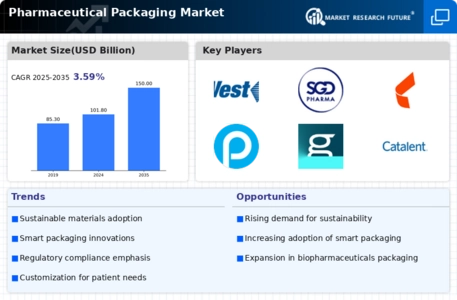

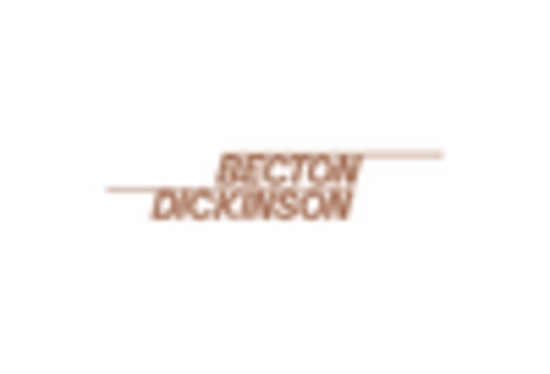
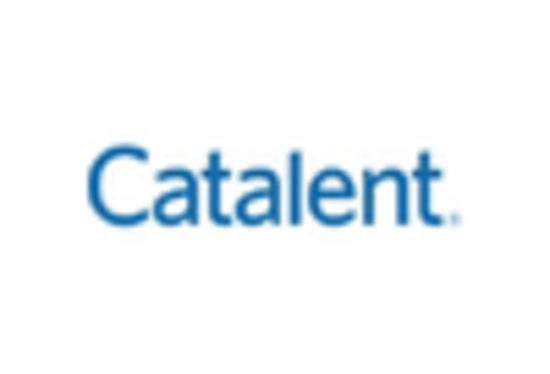
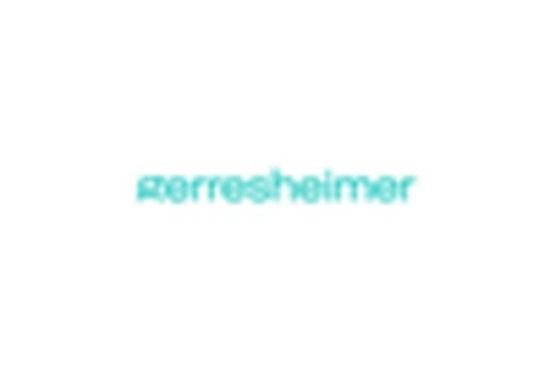
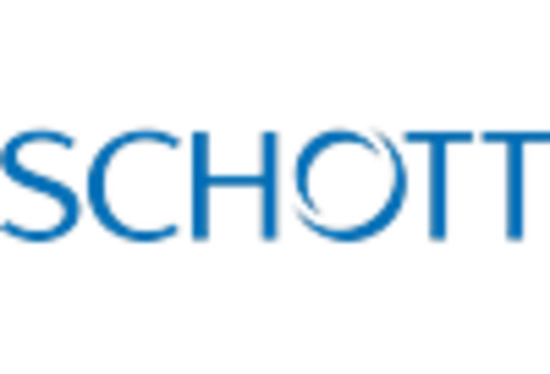
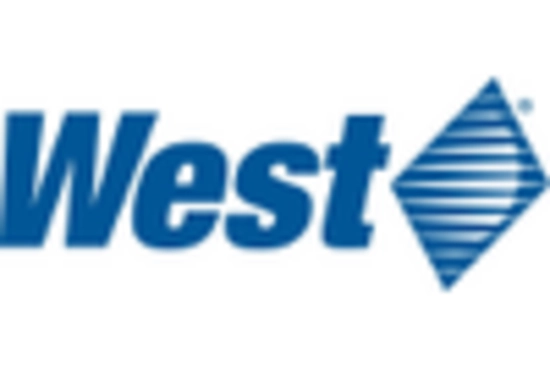

Leave a Comment